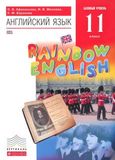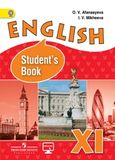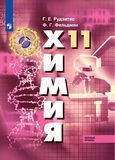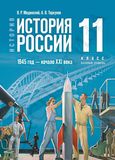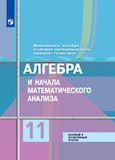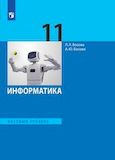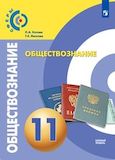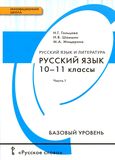Упр.42 Unit 2 ГДЗ English Михеева 11 класс
42. Скажите то же самое используя who, whom или which вместо that.
1. Словарь, который находится на моем столе, является уникальной публикацией.
2. Мальчики что я видел в кино - твои друзья?
3. Я продолжаю думать об истории, что ты рассказал мне после классов.
4. Я испытываю большое уважение к людям, которые знают то, что они хотят и достигают своей цели.
5. Девочка, которая сидит у двери, ждет тебя.
6. Автомобиль, который был украден на прошлой неделе, был найден.
7. Я хочу, чтобы ты встретил девочку, которую я люблю нежно.
8. Здание, которое является справа от тебя, является нашим новым банком.
9. Команда, которая играет сегодня, является, вероятно, лучшей.
10. Никто, кого он упоминал, не казался мне плохо знакомым.
11. Молодой человек, который открыл дверь, был слишком молод, чтобы быть ее мужем.
12. Такси, которое ты заказывал по телефону, только что прибыло.
Решение #
1. which;
2. who(m);
3. which;
4. who;
5. who;
6. which;
7. who(m);
8. which;
9. which;
10. who;
11. who;
12. which
Приведем выдержку из задания из учебника Михеева, Афанасьева 11 класс, Просвещение:
42. Say the same using who, whom or which instead of that.
1. The dictionary that is on my desk is a unique publication. 2. Are the boys that I saw in the cinema your friends? 3. I keep thinking about the story that you told me after classes. 4. I have a lot of respect for people that know what they want and reach their aim. 5. The girl that is sitting at the door is waiting for you. 6. The car that was stolen last week has been found. 7. I want you to meet the girl that I love dearly. 8. The building that is on your right is our new bank. 9. The team that is playing today is probably the best. 10. Nobody that he mentioned sounded new to me. 11. The young man that opened the door was too young to be her husband. 12. The taxi that you hired on the phone has just arrived.
Focus on Syntax
IDENTIFYING AND NON-IDENTIFYING RELATIVE CLAUSES Introduction »
Consider the following sentences:
1. The box (that is) on the right has got biscuits in it.
2. Do you see the old car which is over there on the right?
In the first sentence the clause that is on the right tells us which box the speaker is talking about, in other words the clause identifies which box is meant. Such clauses are called identifying relative clauses (та самая коробка, которая...; именно та коробка, которая...).
In the second sentence the clause which is over there on the right gives useful additional information, but it doesn't identify the noun car.
Such clauses are called non-identifying relative clauses.
The identifying clauses could not easily be left out. For instance, if somebody in the sentence Is that the woman who wants to buy your car? would omit the clause (Is that the woman?), we probably would not understand what he/she means. If the non-identifying clause is omitted in the second sentence (Do you see the old car?), we probably would still know which car is meant. Non-identifying clauses are often separated from the rest of the sentence by pauses in speech and by commas in writing while identifying clauses are not.
The woman who makes my dresses has left for York.
Alice, who makes my dresses, has left for York.
Non-identifying relative clauses are rather unusual in conversation. They are often heavy and formal, and are much more common in written English. Mind: that cannot be used instead of who, whom or which in non-identifying clauses:
Mr Richardson, who lives next door, writes history novels.
Mozart's opera "The Magic Flute", which was written in 1791, is one of the most famous operas ever written.
Похожие решебники
Популярные решебники 11 класс Все решебники
*размещая тексты в комментариях ниже, вы автоматически соглашаетесь с пользовательским соглашением
